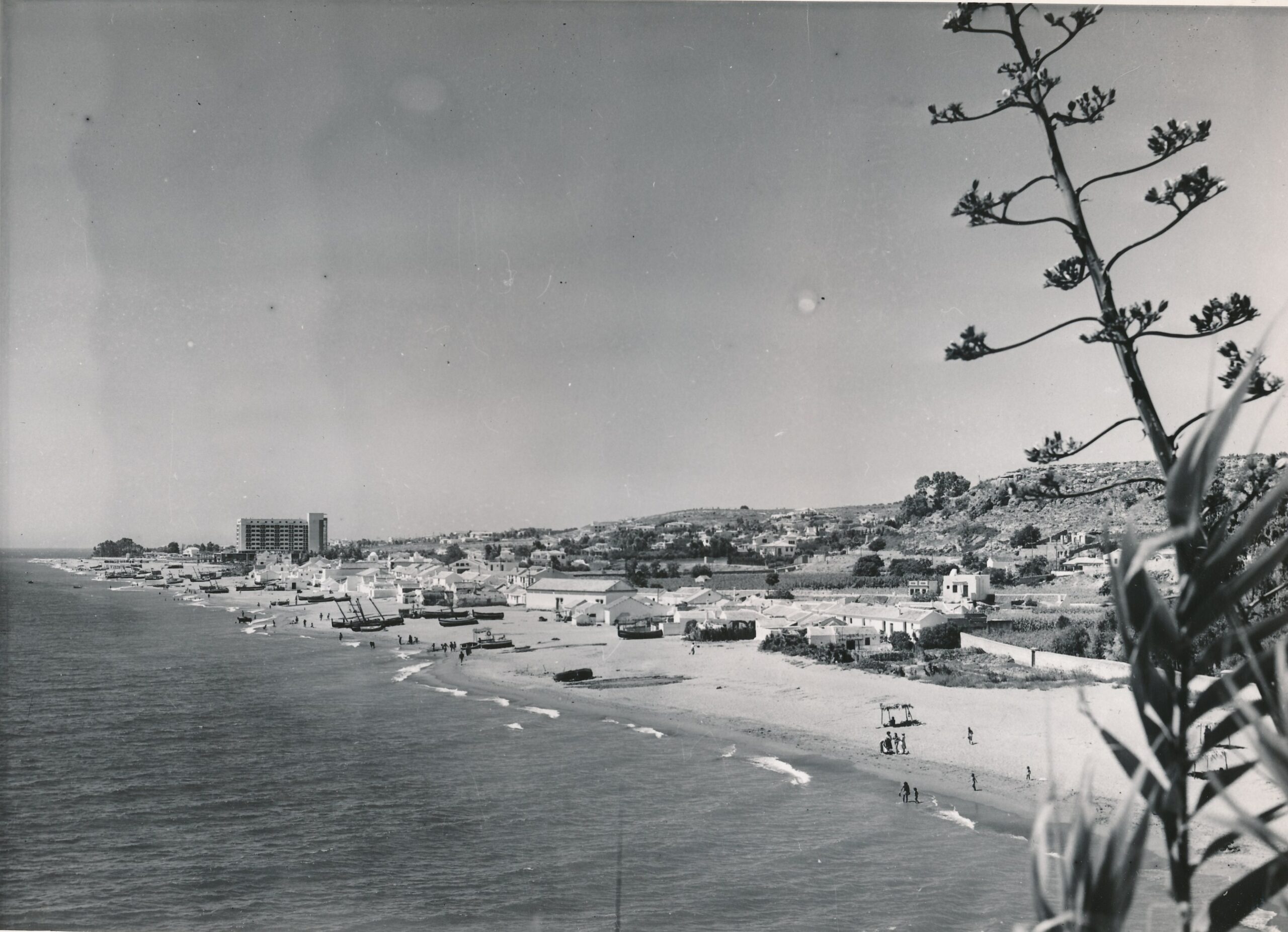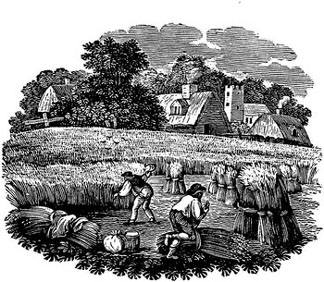Many of the coastal towns on the Costa del Sol – Marbella included – were originally quaint little fishing villages before they became resort destinations. San Pedro Alcántara is not one of them, for it is a fine example of the agrarian colonies that were established in parts of Andalucía during the 19th century.
If you visit the hinterland immediately behind the Costa del Sol you’ll come across a great many white-plastered mountain villages clinging precariously to steep hill slopes. Known as ‘Pueblos Blancos’ (white villages), they are typical of the kind of strongly fortified defensive settlement that dominated much of the Andalusian coastline for centuries. You see, until the French conquest of Algeria and the North African coast that occurred from 1830 onwards, Europe’s Mediterranean coastline was ravaged by Barbary Corsairs, who plundered it for hundreds of years – taking not only loot but also collectively many hundreds of thousands of captured European slaves who were never seen or heard of again.
Agricultural colony
It was only after 1830 that this plague, which even affected the British Isles, Iceland and the east coast of the USA, came to an end and the repopulation of the coastal plains was possible. San Pedro Alcántara is a direct result of this process, for it was originally an agricultural colony founded in 1860 by the Marques del Duero, General Manuel Gutiérrez de la Concha y Irigoyen.
A philanthropist with a vision, he introduced many new farming techniques imported from other parts of Europe that raised productivity and prosperity for the families of land labourers who first settled the village. Most were locals though some came from the Marquis’ lands in other parts of Spain, and the oldest, original part of the village is situated near the sugar mill in El Ingenio.
The village later spread inwards, surrounded by the sugar cane fields that separated it from Marbella, and the main street still carries the name of the Marques del Duero. San Pedro has since grown into a lively town of 35,000 inhabitants, but evidence of its past remain visible in the little cottages that still dot its historic centre. There is further evidence that human settlement in this area, though scarce during the centuries of coastal pillaging, goes all the way back to antiquity, as attested by ruins of Roman baths in Guadalmina and of an early pre-Moorish Christian church in the seaside area now called Vega del Mar. Even further back in time, the area appears to have been the site of a small but affluent seaside town specialised in salting fish. Though it existed in Roman times the origin of this settlement can be traced back to the Phoenician traders who first visited these shores some 3,000 years ago – confirming that we’re not the first outsiders to have fallen in love with this stretch of the Costa del Sol.


